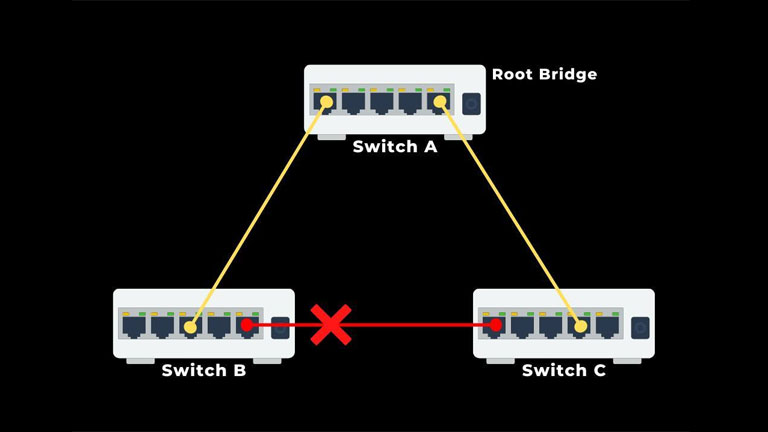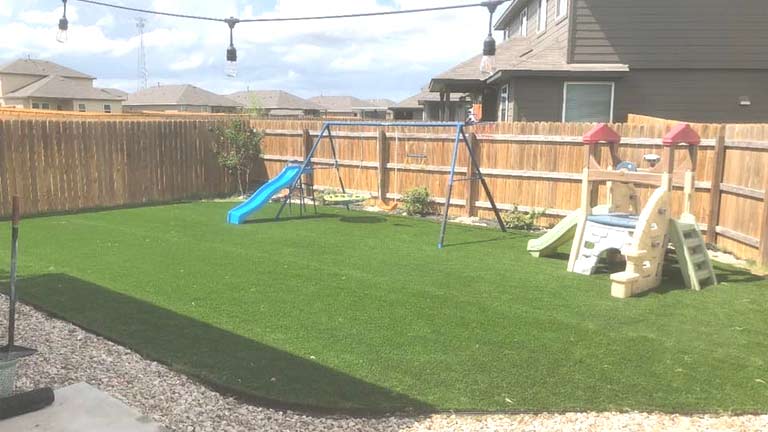
By getting rid of loops and rerouting around nodes that aren’t working, Spanning Tree makes Ethernet LAN traffic run more smoothly.
The Spanning Tree Protocol, which is also called “Spacing Tree,” is like Waze or MapQuest for current Ethernet networks. It sends traffic down the best way based on what’s going on at the moment.
Spanning Tree is built on an algorithm that American computer scientist Radia Perlman made in 1985 for Digital Equipment Corporation (DEC). Its major purpose is to stop redundant links and communication paths from looping in networks that are set up in a complicated way.
Tree Topology vs. Ring Topology: A Comparison
When businesses first started linking their computers together in the 1980s, the ring network was one of the most popular ways to do it. In 1985, IBM’s Token Ring technology was used for the first time.
In a ring network topology, each node is linked to two others: one that is in front of it on the ring and one that is in the back of it. Signals can only go around the ring in one direction, and packets are sent on to the next node at each node along the way.
A simple ring network works well when there are only a few computers in a network. But the rings don’t work as well when there are hundreds or thousands of computers in a network. To share information with a machine in the next room, a computer might have to send packets through hundreds of nodes. Bandwidth and flow are also problems when traffic can only go in one direction and there is no backup plan in case a node along the way breaks or gets too busy.
How Does Spanning Tree Work?
A Spanning Tree is a way to send data bits where they need to go. It’s like being both a traffic cop and an engineer for the roads that data moves on. It is at Layer 2, which is the data link layer, so it only cares about getting packets where they need to go. It doesn’t care what kind of data is in the packages or what kind of packets are being sent.
Spanning Tree is used so often now that it’s put into the IEEE 802.1D networking standard. According to the standard, between any two endpoints or stations, there can only be one operational path.
Spanning Tree is designed to prevent data from moving between different parts of a network from getting stuck in a loop. In general, loops mess up the way that network devices are programmed to forward data. This means the device can’t figure out where to send packets anymore. This can cause multiple packets or frames to be sent to more than one place. Messages can go out more than once. A message can be sent back to the person who sent it. If there are too many loops, it can even cause a network to crash. This is because loops take up bandwidth without giving much back and stop other data from getting through.
The Spanning Tree Protocol blocks all but one way for each data packet, so loops can’t form. Switches in a network use a Spanning Tree to define root paths and bridges where data can travel and to close off duplicate paths, making them inactive and useless while a main path is open.
Because of this, network interactions work well no matter how big or complicated a network gets. In a way, Spanning Tree uses software to create one path for data to move through a network. This is similar to how the hardware was used by network developers to make single paths through old-loop networks.
Benefits of Spanning Tree Protocol
The main reason a network uses a Spanning Tree is to prevent traffic loops from happening. But it has other good points as well.
Spanning Tree is always looking for and defining which network paths can be used to send data packets, so it can tell if a node on one of the main paths has been turned off. This could be because of a broken piece of hardware or a change in the way the network is set up. It could even be a temporary problem caused by the internet or something else.
When Spanning Tree finds out that a main path is no longer being used, it can quickly open a path that had been closed. It can then send data around the trouble spot, making the diversion the new main way or sending packets back to the original bridge if it becomes available again.
The first Spanning Tree was pretty fast at making these new connections, but in 2001, the IEEE came out with the Rapid Spanning Tree Protocol (RSTP). RSTP, which is also called the 802.1w version of the protocol, was made to make it much faster to get back online after changes to the network, temporary outages, or the total failure of a component.
While RSTP added new ways for paths to meet and new roles for bridge ports to speed up the process, it was also made to work with the original Spanning Tree. So machines with both versions of the protocol can work together on the same network.
Read Also: Which Goals Are Available in Google Analytics
Drawbacks of Spanning Tree Protocol
Even though Spanning Tree has been around for a long time and is used by almost everyone, some people say its time has come. The biggest problem with Spanning Tree is that it closes off possible ways for data to move through a network, which can cause loops. In any network that uses Spanning Tree, about 40% of the possible network paths are turned off to data.
In data centres, which have very complicated networking environments, the ability to quickly scale up to meet demand is important. If there weren’t so many limits on Spanning Tree, data centres could open up a lot more bandwidth without having to buy more networking equipment. It’s funny that this is happening since Spanning Tree was made for just this kind of thing. And now, the way the protocol prevents looping is making these settings not as good as they could be.
Multiple-Instance Spanning Tree (MSTP), a better version of the protocol, was made so that virtual LANs could be used and more network links could be opened at the same time without creating loops. But even when MSTP is used, there are still a lot of ways to send data over a network that can’t be used.
Over the years, many different, non-standard ways have been tried to make the bandwidth limits of Spanning Tree better. Even though the people who made some of them say they work, most of them aren’t fully compatible with the core system. This means that companies must either use the non-standard changes on all of their devices or find a way to make them work with switches that use standard Spanning Tree. Most of the time, keeping and supporting various versions of Spanning Tree is not worth the cost.




